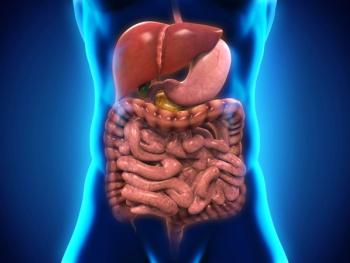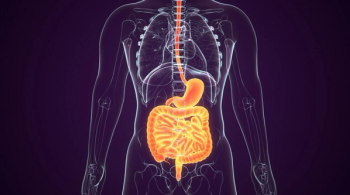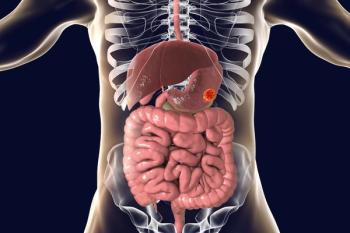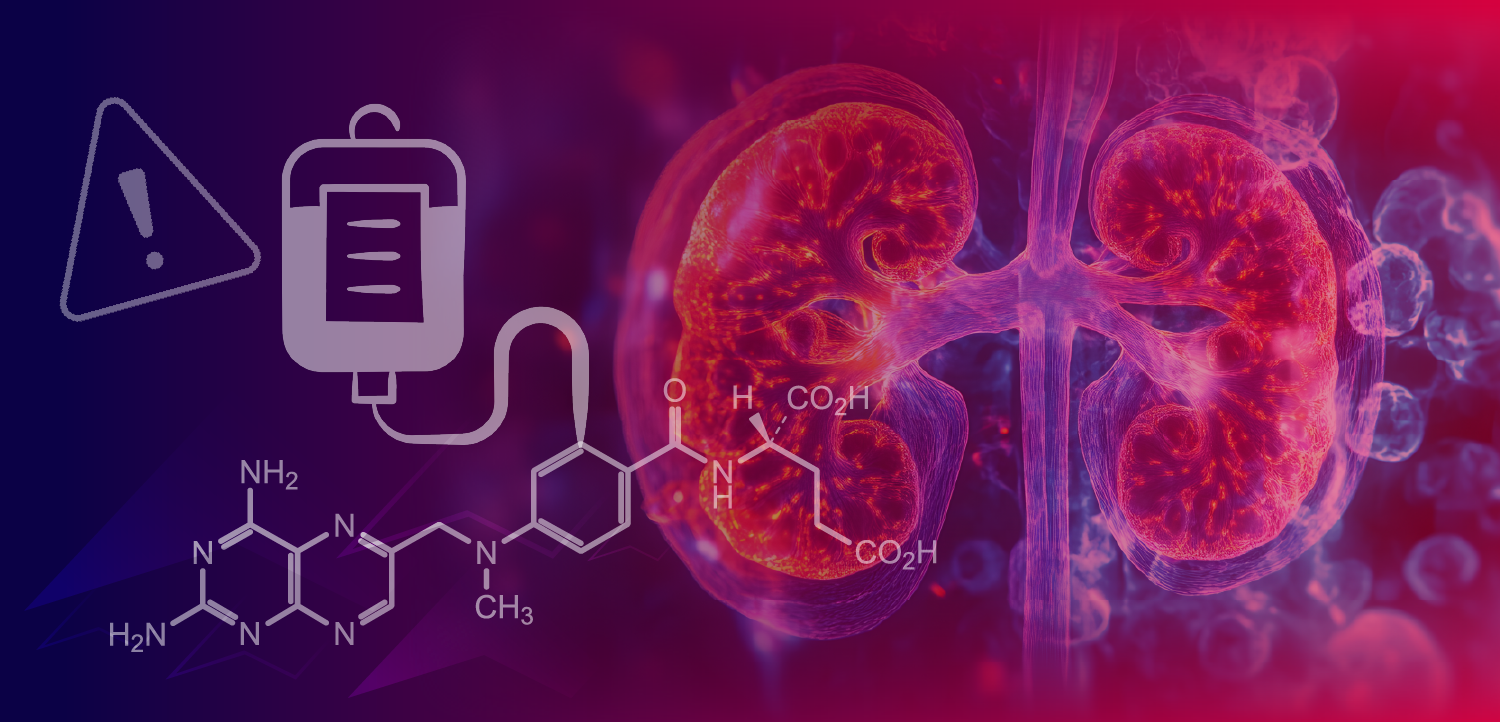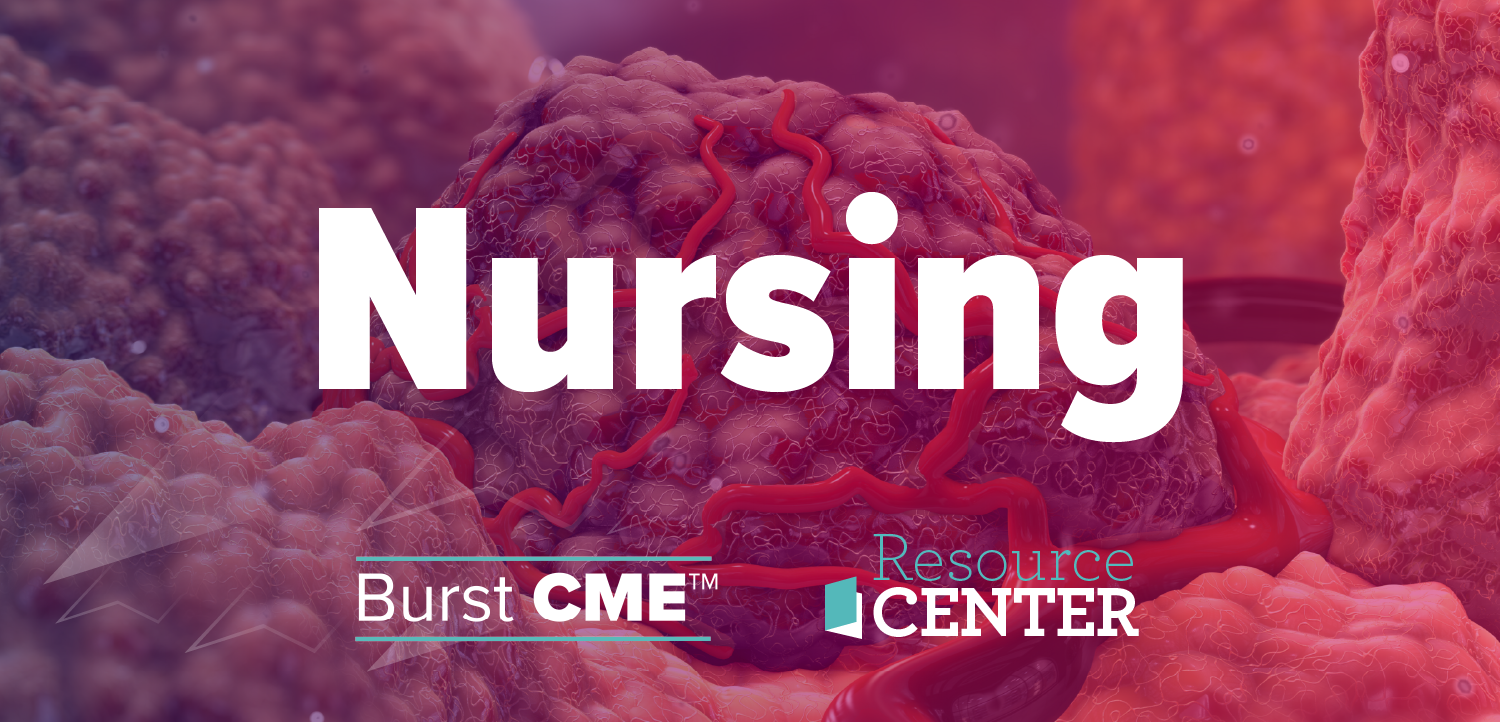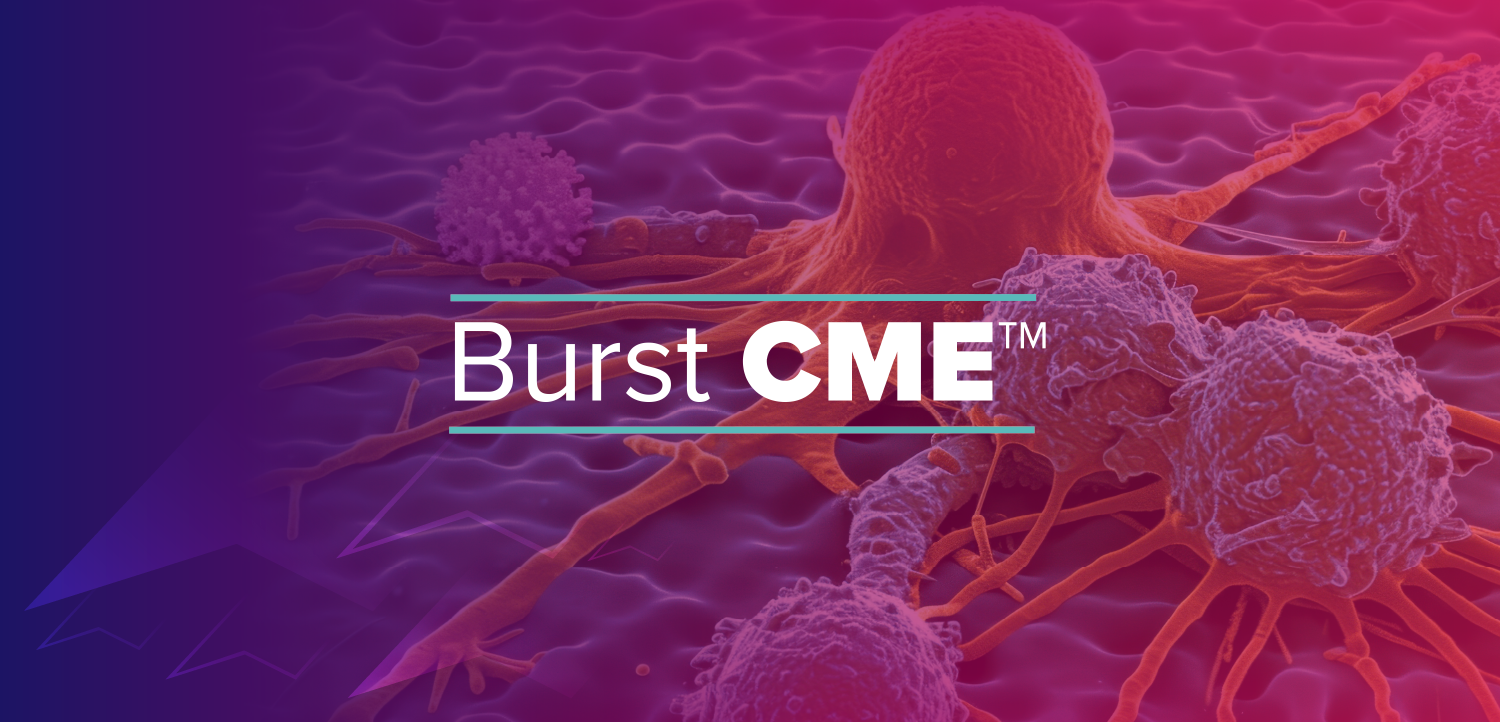
- ONCOLOGY Vol 16 No 7
- Volume 16
- Issue 7
First Test to Monitor Pancreatic Cancer Receives FDA Clearance
Fujirebio Diagnostics recently announced that its CA 19-9 radioimmunoassay for monitoring of pancreatic cancer patients received marketing clearance from the US Food and Drug Administration (FDA). The CA 19-9 radioimmunoassay is the first
Fujirebio Diagnostics recentlyannounced that its CA 19-9 radioimmunoassay for monitoring of pancreatic cancerpatients received marketing clearance from the US Food and Drug Administration(FDA). The CA 19-9 radioimmunoassay is the first blood test cleared for use inpancreatic cancer.
"This is great news," said Herbert A. Fritsche,PhD,professor, biochemist, and chief of clinical chemistry at M. D. Anderson CancerCenter in Houston. "Recent reports, mainly from Europe, have shown thatserial measurements of serum CA 19-9 can reflect the response of patients tochemotherapy. The availability of the CA 19-9 test in the United States willgive us a new tool for early assessment of the effectiveness of the many newdrugs that are becoming available for the treatment of metastatic cancer of thepancreas."
CA 19-9 is already available in many countries around theworld and is used by oncologists to measure the effectiveness of pancreaticcancer treatment. A decrease in CA 19-9 values correlates with a positiveresponse to therapy; an increase may indicate progressive disease and the needfor reassessment of the treatment regimen. Pancreatic cancer is the fourthleading cause of cancer death in the United States.
Enables Clinical Decisions
"The CA 19-9 assay has now been clinically proven instudies performed in the United States to correlate with disease status,"said Daniel J. O’Shannessy, PhD, chief scientific officer, FujirebioDiagnostics. "Since it is a simple blood test, the CA 19-9 assay should aidsignificantly in the management of this devastating disease by providinginformation to aid in the assessment of disease status and modify therapiesappropriately."
According to the American Cancer Society, an estimated 29,200new cases of pancreatic cancer were diagnosed in the United States in 2001, with28,900 deaths reported. The overall 1-year survival rate is approximately 19%and the 5-year survival rate is approximately 3%. Clinical management of thedisease is very difficult because most cases have spread beyond the pancreas atthe time of diagnosis.
"CA 19-9 is an extremely useful marker of disease status, especiallywhen assessed frequently since, in conjunction with clinical assessment, itenables clinical decisions with respect to treatment options to be made earlierto the benefit of the patient," said Jules Harris, MD, The Judd and MajorieWeinberg Presidential Professor of Medicine, professor of Immunology andMicrobiology, Rush Medical College in Chicago. "The availability of CA 19-9in the United States will positively impact the care and management of patientswith pancreatic cancer."
Articles in this issue
over 23 years ago
Current Cancer Therapeutics, Fourth Editionover 23 years ago
Imatinib Provides Lasting Treatment for Patients With Advanced GISTsover 23 years ago
National Lung Screening Trial Delayedover 23 years ago
Aggressive Ovarian Cancer May Be Linked to Blood Disorderover 23 years ago
Combination Chemotherapy Should Be Standard of Care for Lung CancerNewsletter
Stay up to date on recent advances in the multidisciplinary approach to cancer.


